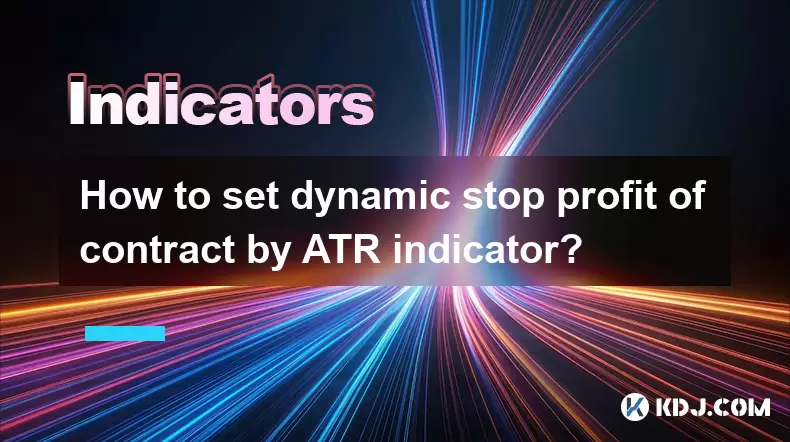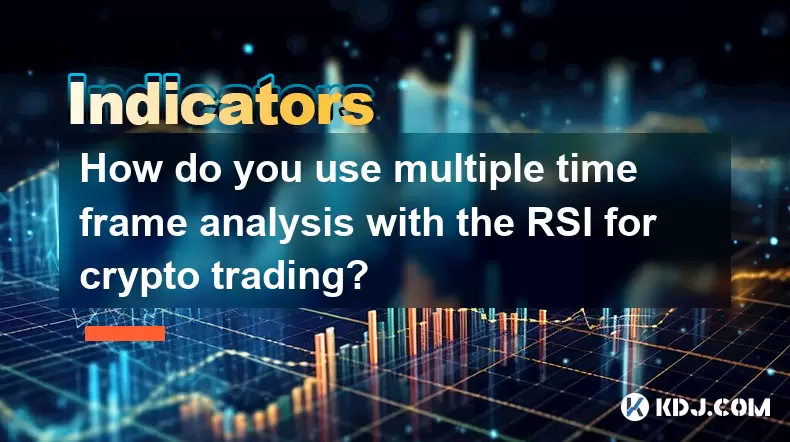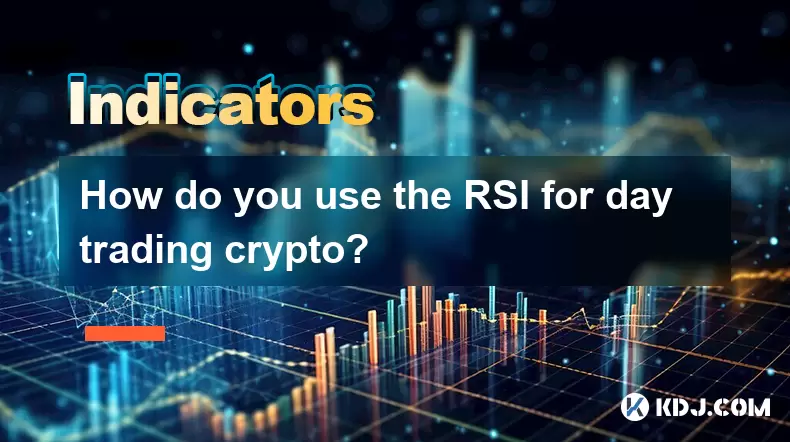-
 Bitcoin
Bitcoin $118400
0.47% -
 Ethereum
Ethereum $3836
2.20% -
 XRP
XRP $3.157
2.98% -
 Tether USDt
Tether USDt $0.9999
-0.03% -
 BNB
BNB $801.5
1.31% -
 Solana
Solana $180.9
2.07% -
 USDC
USDC $0.9999
-0.02% -
 Dogecoin
Dogecoin $0.2225
2.50% -
 TRON
TRON $0.3285
-1.02% -
 Cardano
Cardano $0.7789
2.60% -
 Hyperliquid
Hyperliquid $43.60
2.39% -
 Sui
Sui $3.892
4.41% -
 Stellar
Stellar $0.4229
3.34% -
 Chainlink
Chainlink $18.01
3.98% -
 Hedera
Hedera $0.2745
6.77% -
 Bitcoin Cash
Bitcoin Cash $582.3
3.38% -
 Avalanche
Avalanche $23.77
1.04% -
 Ethena USDe
Ethena USDe $1.001
0.01% -
 Toncoin
Toncoin $3.493
3.59% -
 Litecoin
Litecoin $110.0
2.48% -
 UNUS SED LEO
UNUS SED LEO $8.936
-0.37% -
 Shiba Inu
Shiba Inu $0.00001304
2.49% -
 Uniswap
Uniswap $9.999
1.09% -
 Polkadot
Polkadot $3.897
3.26% -
 Monero
Monero $308.6
-0.83% -
 Dai
Dai $0.9999
-0.01% -
 Bitget Token
Bitget Token $4.504
-0.04% -
 Pepe
Pepe $0.00001154
2.95% -
 Cronos
Cronos $0.1471
3.06% -
 Ethena
Ethena $0.6691
19.53%
How to set dynamic stop profit of contract by ATR indicator?
Dynamic stop profit in crypto trading uses ATR to adjust exit points based on volatility, helping traders lock in gains while allowing flexibility during price swings.
Jun 21, 2025 at 08:15 am

Understanding Dynamic Stop Profit in Contract Trading
In the realm of cryptocurrency contract trading, dynamic stop profit refers to a strategy where the profit-taking level adjusts automatically based on market conditions. Unlike static stop profits that remain fixed, dynamic approaches adapt using technical indicators like ATR (Average True Range) to reflect current volatility and price movement. This method helps traders lock in gains more effectively while allowing room for price fluctuations.
The ATR indicator measures market volatility by calculating the average range between high and low prices over a specified period. By incorporating ATR into your stop profit settings, you can tailor exit points according to how volatile an asset is at any given time.
Why Use ATR for Setting Dynamic Stop Profit?
Using ATR for dynamic stop profit offers several advantages. First, it accounts for real-time volatility, which is crucial in the fast-moving crypto market. Static levels may either get triggered too early during high volatility or fail to capture profits during stable phases. Second, ATR-based adjustments help maintain a balanced risk-reward ratio, ensuring that your profit targets align with the market’s behavior.
For example, if Bitcoin suddenly experiences a sharp price swing due to macroeconomic news, a static stop profit might be hit prematurely. However, with ATR-adjusted levels, the system recalculates the expected price movement and modifies the profit target accordingly.
How to Calculate ATR for Crypto Contracts
Before setting up a dynamic stop profit, you must first calculate the ATR value for the specific cryptocurrency contract you are trading. Here's how:
- Determine the timeframe: Most traders use a 14-period setting for ATR, which works well for intraday and swing trading.
- Calculate True Range (TR): For each period, TR is the greatest of:
- Current high minus current low
- Absolute value of current high minus previous close
- Absolute value of current low minus previous close
- Compute ATR: Take the average of the last 14 TR values. Many charting platforms like TradingView or Binance’s native tools do this automatically.
Once you have the ATR value, you can use it as a multiplier or offset from your entry price to determine your dynamic profit level.
Setting Up Dynamic Stop Profit Using ATR on Trading Platforms
Most modern cryptocurrency exchanges and trading platforms support customizable stop profit mechanisms through conditional orders or scripts. To implement ATR-based dynamic stop profit, follow these steps:
- Enable ATR on your chart: Open the trading interface and add the ATR indicator to your chart. Set the period to 14 unless you prefer a different sensitivity.
- Decide on your ATR multiple: Traders often use 2×ATR or 3×ATR as profit targets. For instance, if the ATR is $500, setting your stop profit at $1,000 above entry (for longs) ensures you're capturing a reasonable portion of the expected move.
- Input the dynamic value: If your platform supports scripting (like Pine Script on TradingView), write a script that calculates the ATR dynamically and sets the take profit accordingly.
- Use conditional orders: Some exchanges allow conditional orders where you can set take profit = entry price + (ATR × multiplier). Check your exchange’s API documentation or order types for options.
This setup ensures that every time you enter a trade, your profit target adjusts automatically based on current volatility.
Examples of ATR-Based Dynamic Stop Profit in Practice
Let’s walk through a practical example using Bitcoin perpetual futures:
- You go long on BTC/USDT at $30,000.
- The current ATR(14) is $400.
- You decide to place your dynamic stop profit at 2×ATR, meaning $800 above your entry.
- Your take profit is now set at $30,800.
As the market moves and ATR changes, say it rises to $600, your take profit would adjust upwards to $31,200, giving the trade more room to breathe during increased volatility. Conversely, if ATR drops to $300, your profit target lowers to $30,600, locking in gains faster during calmer periods.
This adaptive mechanism helps prevent premature exits and allows traders to ride trends longer without constant manual adjustments.
Common Pitfalls and How to Avoid Them
While ATR-based dynamic stop profit is powerful, there are common mistakes to avoid:
- Over-reliance on default settings: ATR(14) is standard, but not always optimal. Test different periods and multipliers to suit your trading style.
- Ignoring trend direction: ATR doesn’t indicate trend strength or direction. Combine it with other tools like moving averages or RSI for better context.
- Poor execution on certain platforms: Not all exchanges support dynamic calculations natively. Ensure your platform allows for real-time updates or script-based automation.
By being mindful of these issues, you can enhance the effectiveness of your ATR-driven profit strategy and avoid unnecessary losses.
Frequently Asked Questions
Q: Can I use ATR for both long and short positions in crypto futures?
Yes, ATR is equally applicable to both long and short trades. For shorts, simply subtract the ATR multiple from your entry price to set your dynamic stop profit.
Q: What is the best ATR period for dynamic stop profit in crypto contracts?
While 14 is the most commonly used period, some traders opt for shorter (e.g., 7) or longer (e.g., 21) periods depending on their strategy and market conditions.
Q: Do major crypto exchanges offer built-in ATR-based stop profit features?
Few exchanges offer this natively. Most require third-party tools, custom scripts, or API integrations to implement dynamic ATR-based profit taking.
Q: How does ATR compare to fixed percentage stop profit in crypto trading?
Fixed percentages are simpler but less responsive to volatility. ATR adapts to market conditions, making it more effective in preserving winning trades during fluctuating markets.
Disclaimer:info@kdj.com
The information provided is not trading advice. kdj.com does not assume any responsibility for any investments made based on the information provided in this article. Cryptocurrencies are highly volatile and it is highly recommended that you invest with caution after thorough research!
If you believe that the content used on this website infringes your copyright, please contact us immediately (info@kdj.com) and we will delete it promptly.
- SEC, Crypto, and Securities: Navigating the New Frontier
- 2025-08-01 05:10:12
- Cardano (ADA) Market Cap: Can It Compete with Emerging Cryptocurrencies and Meme Coins?
- 2025-08-01 04:30:12
- SEC, Crypto, and On-Chain: Navigating the Regulatory Maze
- 2025-08-01 02:31:40
- Jito Labs, Solana, and Liquid Staking: Riding the Wave of Innovation
- 2025-08-01 03:50:12
- Perpetual DEX: Navigating Onchain Trading and Solving Core Problems, a NY Perspective
- 2025-08-01 03:57:53
- Bitcoin Bullish Market: How Long Positions are Boosting the Crypto King
- 2025-08-01 02:35:33
Related knowledge

How do you use multiple time frame analysis with the RSI for crypto trading?
Aug 01,2025 at 05:19am
Understanding the Role of RSI in Crypto TradingThe Relative Strength Index (RSI) is a momentum oscillator that measures the speed and change of price ...

How can you use the RSI to determine exit points in crypto trades?
Aug 01,2025 at 04:29am
Understanding the Role of RSI in Crypto TradingThe Relative Strength Index (RSI) is a momentum oscillator widely used in the cryptocurrency market to ...

How do you use the RSI for day trading crypto?
Aug 01,2025 at 05:26am
Understanding the RSI in Cryptocurrency TradingThe Relative Strength Index (RSI) is a momentum oscillator that measures the speed and change of price ...

What does it signify when the MACD crosses below the zero line?
Aug 01,2025 at 01:43am
Understanding the MACD IndicatorThe Moving Average Convergence Divergence (MACD) is one of the most widely used technical analysis tools in the crypto...

How does the MACD histogram show momentum?
Aug 01,2025 at 01:16am
Understanding the MACD Histogram and Its Role in Cryptocurrency TradingThe MACD histogram is a visual representation of the difference between the MAC...

What is a MACD crossover?
Jul 31,2025 at 11:52pm
Understanding the Role of Private Keys in Cryptocurrency SecurityIn the world of cryptocurrency, private keys are the cornerstone of ownership and con...

How do you use multiple time frame analysis with the RSI for crypto trading?
Aug 01,2025 at 05:19am
Understanding the Role of RSI in Crypto TradingThe Relative Strength Index (RSI) is a momentum oscillator that measures the speed and change of price ...

How can you use the RSI to determine exit points in crypto trades?
Aug 01,2025 at 04:29am
Understanding the Role of RSI in Crypto TradingThe Relative Strength Index (RSI) is a momentum oscillator widely used in the cryptocurrency market to ...

How do you use the RSI for day trading crypto?
Aug 01,2025 at 05:26am
Understanding the RSI in Cryptocurrency TradingThe Relative Strength Index (RSI) is a momentum oscillator that measures the speed and change of price ...

What does it signify when the MACD crosses below the zero line?
Aug 01,2025 at 01:43am
Understanding the MACD IndicatorThe Moving Average Convergence Divergence (MACD) is one of the most widely used technical analysis tools in the crypto...

How does the MACD histogram show momentum?
Aug 01,2025 at 01:16am
Understanding the MACD Histogram and Its Role in Cryptocurrency TradingThe MACD histogram is a visual representation of the difference between the MAC...

What is a MACD crossover?
Jul 31,2025 at 11:52pm
Understanding the Role of Private Keys in Cryptocurrency SecurityIn the world of cryptocurrency, private keys are the cornerstone of ownership and con...
See all articles

























































































